When to Put Your Pet on a Diet
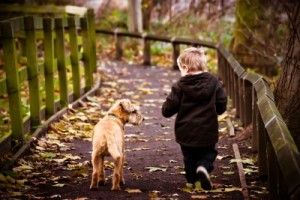 Your pooch or kitty might be a little overweight and you wouldn’t even know it. A healthy size of dog depends on its breed and size. Cats generally have a straightforward weight class that is determined by gender and whether they’re neutered/spayed or not.
Your pooch or kitty might be a little overweight and you wouldn’t even know it. A healthy size of dog depends on its breed and size. Cats generally have a straightforward weight class that is determined by gender and whether they’re neutered/spayed or not.
Dogs have a weight size index on the Association of Pet Obesity Prevention website which guides owners to better feeding habits and schedules for their animals. Dogs can safely lose 1-3 percent of their body weight as long as the program their on isn’t aggressive. Just like humans, dogs need motivation, support and positive reinforcement to learn new healthier eating habits.
First thing you need to do is monitor your pet’s eating habits. Are you free feeding them? That’s when you leave an amount of food in the dish for your pet to eat as they wish. Another possibility is you have two cats or dogs and one is eating the others’ food. Either before the second pet has a chance, or finishing off whatever the second pet leaves behind.
In this situation you should probably feed your pets separately. or if you like them feeding together, you should tether the over weight one until the second pet finishes and then you can control how much the overweight one eats. Also don’t over feed your pooches. They only need to eat twice a day. As long as you are feeding them their daily needed intake, you shouldn’t be feeding them more.
Pet treats are another source of contention in the battle of the bulge. Most people give their animal the full treat, but some vets recommend that you break apart the treats and feed them only treats the size of an eraser for certain size dogs. Large dogs should even have their treats monitored. You can even think about giving your pets healthy snacks. Dogs are natural omnivores, but often treated as though they are carnivores. You can always give your dog some carrots, apples, and other fruit and vegetables for a treat or reward. Whatever you do, don’t stop treats altogether or your dog will think they’re doing something wrong.
If your dog begs for food, rather than giving in, try giving your dog some attention. Flip that behavior into something positive, or you can try giving them something healthy when they engage in this type of behavior.
You can give you dogs and cats a little extra play time. Don’t over do it, just make it a light activity, for example toss a ball around for a bit, or if possible take them for a swim. Just be sure on hot days to make sure your pet is hydrated! When you’re playing with your dog during your regular play time make sure the toys are interactive. There are toys that you can hide food in, but makes your dog work for it at the same time. These toys can help fight the fat too. Ask your vet which ones are best suited to your pooch.
Be sure to walk your dog every day. Take everyone, you and your family can even benefit from the exercise. If you have a n older dog and a younger dog maybe try taking the younger dog to a dog park for some extra play time while the older dog takes a bit of a break at a slower pace.
Cats are harder to put on a diet because they tend to be more finicky about what they eat, not to mention the fact that they sleep 20 hours a day. Your cat is over weight if you cannot feel his ribs under his coat, or if their belly hangs down instead of being distended. Cats should only lose .5-2 percent of their body fat per week. Anything more aggressive than that can cause health problems for your feline.
Depending on how over weight your cat is your vet can recommend a portion size and food for your cat. If you are trying diet food with your cat and he/she seems unresponsive to it, then remove it and put it back half an hour later. If your cat is still persisting in not eating it, you can add some chicken or beef broth to the food to peak the cat’s interest.
Just keep in mind that your pet’s weight loss struggle is much like your own. It’s not easily won, but with persistence and patience you can achieve it!




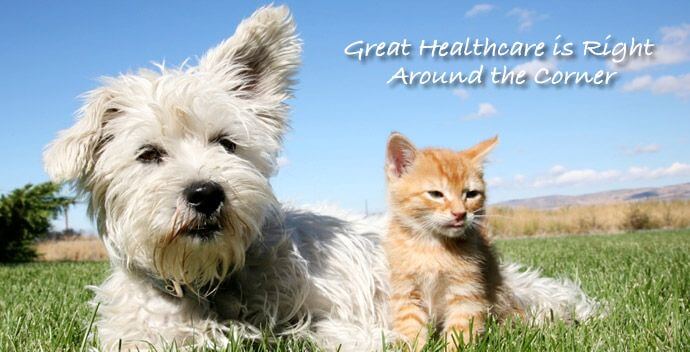
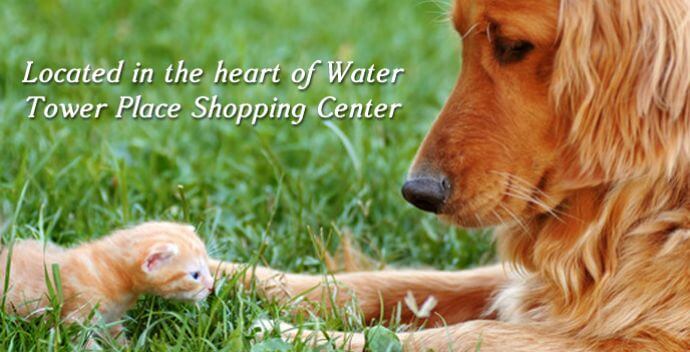
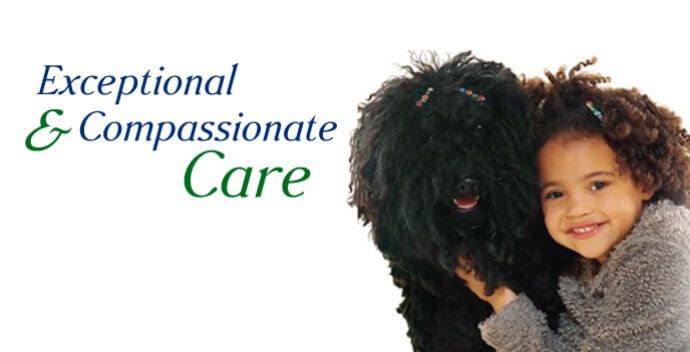
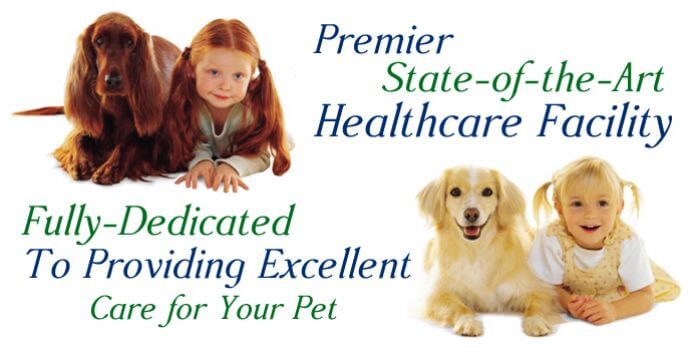


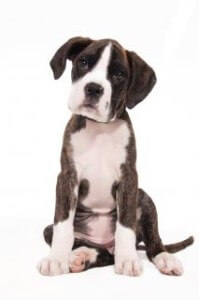
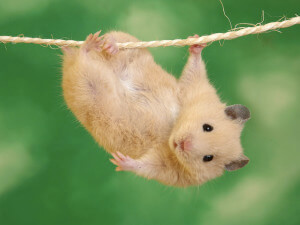
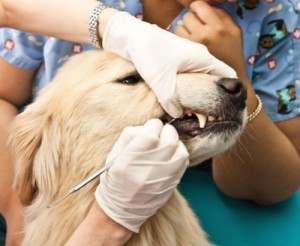
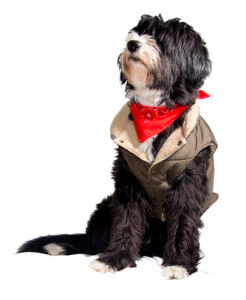



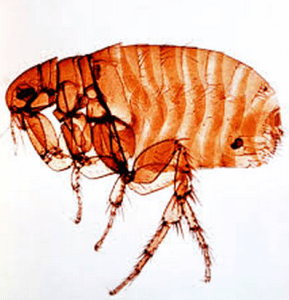
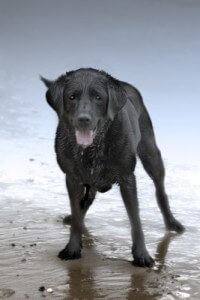
 Website Created by TCP Global Solutions
Website Created by TCP Global Solutions